Home>Furniture>Kitchen Furniture>What Temperature To Cook Burgers On An Indoor Grill
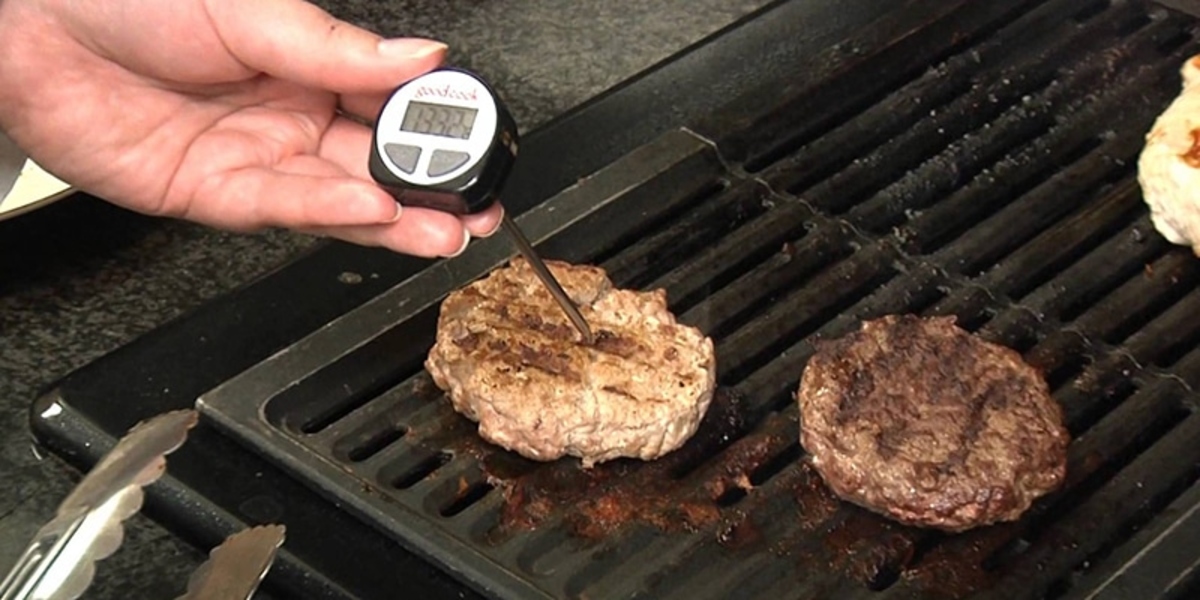

Kitchen Furniture
What Temperature To Cook Burgers On An Indoor Grill
Modified: August 20, 2024
Discover the perfect temperature for cooking burgers on an indoor grill with our informative articles. Take your burger game to the next level!
(Many of the links in this article redirect to a specific reviewed product. Your purchase of these products through affiliate links helps to generate commission for Storables.com, at no extra cost. Learn more)
Introduction
When it comes to cooking burgers indoors, using an indoor grill can be a convenient and effective option. Whether you’re grilling burgers for a quick weeknight dinner or hosting a gathering, indoor grilling allows you to enjoy the delicious flavors of a perfectly cooked burger without the need for an outdoor barbecue.
However, achieving that mouthwatering burger requires more than just slapping a patty on the grill. It’s essential to understand the recommended temperature for cooking burgers on an indoor grill to ensure they are cooked to perfection. In this article, we will explore the ideal temperature, types of indoor grills, preparation techniques, cooking methods, and more to help you create juicy and flavorful burgers right in the comfort of your own kitchen.
Before diving into the specifics, it’s important to note that the recommended temperature for cooking burgers on an indoor grill may vary depending on various factors, including the thickness of the patties, the type of ground meat used, and personal preference for doneness. However, there are some general guidelines to follow to help you achieve that perfect burger.
The first important factor to consider is the safe internal temperature for burgers. The United States Department of Agriculture (USDA) recommends cooking ground meat, including burgers, to a minimum internal temperature of 160°F (71°C) to ensure that any harmful bacteria present in the meat are killed off. It’s crucial to use a food thermometer to accurately measure the internal temperature of the burger.
Now that we have discussed the safety aspect, let’s move on to exploring the types of indoor grills that are suitable for cooking burgers.
Key Takeaways:
- Achieving the perfect burger on an indoor grill requires understanding the recommended temperature, preparation techniques, and cooking methods. Proper seasoning and heating the grill are crucial for juicy, flavorful results.
- Selecting the right ground meat, seasoning patties, and monitoring the temperature are essential for cooking burgers to perfection on an indoor grill. Resting the burgers and creative serving options enhance the overall dining experience.
Read more: How To Cook Burgers On Indoor Grill
Recommended Temperature for Indoor Grilling
When it comes to indoor grilling, finding the right temperature is key to achieving perfectly cooked burgers. The temperature you choose will depend on various factors, including the thickness of the patties, the desired level of doneness, and the type of indoor grill you are using.
Factors Affecting Temperature Selection:
- Thickness of the patties: Thicker patties will require a lower cooking temperature and a longer cooking time to ensure they are cooked thoroughly without becoming dry.
- Desired level of doneness: The temperature will also depend on how well-done you prefer your burgers. For a medium-rare burger, a higher temperature is needed for a shorter period, while a well-done burger requires a lower temperature for a longer duration.
- Type of indoor grill: Different types of indoor grills have variations in temperature control mechanisms. Electric grills, stovetop grills, and contact grills may have different heat settings and cooking times.
Safe Internal Temperature for Burgers:
As mentioned earlier, the USDA recommends cooking ground meat, including burgers, to a minimum internal temperature of 160°F (71°C). This temperature ensures that any harmful bacteria present in the meat are killed off, reducing the risk of foodborne illnesses. Using a food thermometer is the most accurate way to measure the internal temperature of the burgers.
It’s important to note that while 160°F is the minimum safe internal temperature, some individuals may prefer their burgers to be cooked to a higher temperature for personal preference or to ensure thorough cooking. For example, if you prefer a well-done burger, you may cook it to an internal temperature of 165°F or higher.
By following the recommended temperature guidelines and using a food thermometer, you can ensure that your burgers are not only delicious but also safe to consume.
Types of Indoor Grills for Burger Cooking
When it comes to indoor grilling, there are various types of indoor grills available that can help you achieve that perfect burger. Let’s explore some of the most common types:
- Electric Grills: Electric grills are a popular choice for indoor burger cooking. They are easy to use and provide consistent heat. These grills typically have adjustable temperature controls, allowing you to set the desired temperature for cooking your burgers. Electric grills are versatile and can be used for other types of grilling as well.
- Stovetop Grills: Stovetop grills are another option for indoor burger cooking. These grills are placed directly on the stovetop and utilize the heat from the burners to cook the burgers. Stovetop grills come in various designs, including flat or ridged surfaces. The ridges help create those enticing grill marks on your burgers.
- Contact Grills: Contact grills, often known as panini presses or sandwich makers, can also be utilized for burger cooking. These grills consist of two heated plates that press against the patties, ensuring even heat distribution and quick cooking. Contact grills are convenient and can be used for various indoor grilling purposes.
- Grill Pans: Grill pans are another popular choice for indoor burger cooking. These pans feature ridges that mimic the grilling effect, allowing you to achieve those iconic grill marks on your burgers. Grill pans are typically used on stovetops and are available in various sizes and materials, such as cast iron or non-stick surfaces.
When selecting an indoor grill for burger cooking, consider factors such as your personal preference, budget, available kitchen space, and ease of cleaning. It’s important to choose a grill that suits your needs and provides consistent heat for the perfect indoor grilling experience.
Now that we have explored the types of indoor grills available, let’s move on to the next crucial step: preparing the burgers before they hit the grill.
Preparing the Burgers
Before firing up your indoor grill, it’s important to properly prepare your burgers. The preparation process can significantly impact the taste, juiciness, and overall quality of the final product. Here are two essential steps in preparing your burgers:
1. Choosing the Right Ground Meat:
The first step in preparing burgers is selecting the right ground meat. The most common option is ground beef, which is available in various fat percentages, such as lean, medium, or regular. The fat content affects the flavor and juiciness of the burgers. Leaner ground beef may result in a drier burger, while fattier options offer more flavor and tenderness. It’s best to choose ground beef with a fat content of around 80% lean and 20% fat for a balance between flavor and juiciness.
Alternatively, you can experiment with other types of ground meat, such as turkey, chicken, pork, or a blend of different meats. Each type of meat brings its own unique flavors and characteristics to the burger. It’s important to consider the fat content of these alternative meats and adjust the cooking time and temperature accordingly.
2. Seasoning the Patties:
Seasoning is key to enhancing the flavor profile of your burgers. While the simplicity of salt and pepper can work wonders, you can also get creative with additional seasonings to suit your taste preferences. Some popular seasonings for burgers include garlic powder, onion powder, paprika, Worcestershire sauce, and various herbs and spices. You can also experiment with different flavor profiles by adding ingredients like minced onions, crushed garlic, grated cheese, or even a touch of barbecue sauce.
When seasoning the patties, make sure to evenly distribute the seasonings throughout the meat. Gently mix the ground meat and seasonings together, being careful not to over-handle the meat, as this can lead to denser and tougher burgers. Form the mixture into patties of your desired size, making sure they are uniform in thickness for even cooking.
Once your burgers are properly seasoned and shaped, they are ready to be cooked on your indoor grill. But before we get to that, let’s talk about heating up the grill for the best cooking results.
Heating the Indoor Grill
Before placing your prepared burger patties onto the indoor grill, it’s crucial to ensure that the grill is properly heated. Heating the grill to the appropriate temperature will help achieve that desired sear and caramelization on the outside of the patties while ensuring they cook evenly on the inside. Here are some steps to follow when heating your indoor grill:
- Preheat the Grill: Start by preheating the indoor grill according to the manufacturer’s instructions. This typically involves turning on the grill and allowing it to heat up for a few minutes. The preheating process ensures that the grill surface is hot enough to sear the patties and prevent them from sticking.
- Adjust the Temperature: Depending on the type of indoor grill you’re using, you may have the option to adjust the temperature. Set the grill to the desired temperature based on the thickness of the patties and your preferred level of doneness. If your grill does not have adjustable temperature settings, you can rely on the manufacturer’s suggested cooking times for a general guideline.
- Allow for Adequate Heating Time: Give the grill enough time to reach the desired temperature before placing the burger patties. This ensures that the grill surface is evenly heated and ready for cooking. It’s important not to rush this step as it can affect the cooking process and the final result.
By properly heating your indoor grill, you create the ideal cooking environment for your burgers. The hot grill surface helps to sear the exterior of the patties, locking in the juices and creating those delicious grill marks.
With the grill heated to the optimal temperature, it’s time to start cooking the burgers. In the next section, we will explore the cooking process and factors to consider for achieving the perfect doneness.
Preheat your indoor grill to medium-high heat, around 375-400°F, to cook burgers. This will help to sear the outside while ensuring the inside is cooked to a safe temperature.
Read more: How Long To Cook Burgers On Indoor Grill
Cooking the Burgers
Now that your indoor grill is properly heated, it’s time to cook those delicious burgers. Achieving the perfect level of doneness requires careful timing, flipping, rotation, and monitoring of the temperature. Let’s explore the key aspects of cooking burgers on an indoor grill:
Time Duration Based on Desired Doneness:
The cooking time for burgers varies depending on the desired level of doneness and the thickness of the patties. As a general guideline, for a medium-rare burger, cook the patties for around 4-5 minutes per side. For a medium burger, increase the cooking time to about 5-6 minutes per side. If you prefer a well-done burger, cook for 6-7 minutes per side. Remember that these are approximate times and can vary based on individual preferences and grill temperatures.
Flipping and Rotating the Patties:
To ensure even cooking, it’s important to flip and rotate the burger patties during the grilling process. Start by placing the patties on the preheated grill surface and allow them to cook undisturbed for the recommended time on one side. Use a spatula to carefully flip the patties, being cautious of any potential flare-ups from the fat dripping onto the grill. Once flipped, you can optionally rotate the patties 45 degrees to create those iconic grill marks. Continue cooking for the recommended time on the second side.
Monitoring the Temperature:
Throughout the cooking process, it’s crucial to monitor the internal temperature of the burgers using a food thermometer. Insert the thermometer into the thickest part of the patty without touching the grill surface. For accurate results, ensure that the probe is not touching any bones or the grill itself. Refer to the recommended internal temperature for your desired level of doneness. Once the burgers reach the desired temperature, remove them from the grill to avoid overcooking.
Remember that these cooking times and temperatures are general guidelines. Factors such as the thickness of the patties, the type of ground meat, and your personal preference can influence the cooking process. It’s essential to use the recommended internal temperature as a guide and adjust the cooking times accordingly to achieve your desired level of doneness.
With the burgers cooked to perfection, it’s time to test their doneness and move on to the final steps of resting and serving. We’ll cover that in the next section.
Testing the Doneness of Burgers
Ensuring that your burgers are cooked to the desired level of doneness is important for both flavor and food safety. While cooking times and temperatures provide a general guideline, testing the doneness of the burgers using visual cues and a food thermometer is essential. Here are a few methods to assess the doneness of your burgers:
Visual Cues:
Visual cues can provide an initial indication of doneness. For a medium-rare burger, look for a warm red center with a slightly pink interior. A medium burger should have a warm pink center, while a well-done burger should have no traces of pink and be uniformly cooked throughout. Keep in mind that visual cues alone may not provide an accurate measure of the internal temperature, so it’s important to utilize a food thermometer for a more precise evaluation.
Food Thermometer:
The most reliable method to test the doneness of your burgers is by using a food thermometer. Insert the thermometer probe into the thickest part of the patty, avoiding contact with bones or the grill surface. For a medium-rare burger, look for an internal temperature of around 130-135°F (55-57°C). A medium burger should reach 140-145°F (60-63°C), while a well-done burger requires an internal temperature of 160°F (71°C) or higher.
Remember that the burgers will continue to cook slightly as they rest, so it’s recommended to remove them from the heat once they are a few degrees below the desired final temperature. Allow the burgers to rest for a few minutes, covered with foil, before serving. The resting period allows the juices to redistribute, ensuring a moist and flavorful burger.
By using a combination of visual cues and a food thermometer, you can confidently determine the doneness of your burgers, ensuring they are cooked to perfection and safe to consume.
Now that your burgers are cooked and rested, it’s time to serve them up and enjoy the delicious flavors. But before we do that, let’s discuss the importance of cleaning and maintaining your indoor grill.
Resting and Serving the Burgers
Resting the burgers is an often overlooked but crucial step in the cooking process. Allowing the burgers to rest after cooking ensures that the juices are evenly distributed, resulting in a moist and flavorful final product. Here’s what you need to know about resting and serving your burgers:
Resting the Burgers:
Once the burgers are cooked to the desired level of doneness, it’s important to let them rest before serving. Transfer the burgers from the grill to a clean plate or cutting board, and cover them loosely with foil. This resting period allows the internal juices to redistribute within the meat, resulting in a more tender and flavorful burger. It also helps retain the moisture in the patties, ensuring that every bite remains juicy and delicious. Let the burgers rest for about 5 minutes to achieve the best results.
Serving the Burgers:
When it comes to serving burgers, there are endless possibilities to suit individual tastes and preferences. Here are a few serving suggestions:
- Choose your favorite type of bun, whether it’s a soft hamburger bun, a brioche bun, or even a lettuce wrap for a low-carb option.
- Add a layer of flavor with toppings such as lettuce, tomato, onion, pickles, cheese, bacon, or avocado.
- Enhance the taste with condiments like ketchup, mustard, mayonnaise, barbecue sauce, or special burger sauces.
- Serve the burgers alongside traditional sides like french fries, sweet potato fries, coleslaw, or a fresh salad.
- Consider adding unique elements to your burgers, such as caramelized onions, sautéed mushrooms, or a fried egg.
Feel free to get creative with your burger toppings and sides to make your meal truly special. Ensure that all serving components, such as buns and toppings, are fresh and of high quality to complement the flavors of your perfectly cooked burgers.
Now that you know how to rest and serve your burgers, let’s move on to the final section on cleaning and maintaining your indoor grill for future use.
Cleaning and Maintaining the Indoor Grill
Properly cleaning and maintaining your indoor grill is essential to ensure its longevity, optimal performance, and safe cooking. Here are some tips on how to clean and maintain your indoor grill:
Cleaning After Each Use:
After each use, allow the grill to cool down completely before starting the cleaning process. Follow the manufacturer’s instructions for dismantling any removable parts, such as grates, drip trays, or heating elements. Clean these components with warm soapy water, using a sponge or a soft brush to remove any grease or residue. Rinse thoroughly and allow them to air dry before reassembling the grill. Wipe down the exterior of the grill with a damp cloth or sponge to remove any remaining dirt or food particles.
Deep Cleaning:
Regular deep cleaning helps remove built-up grease or stubborn stains. Depending on the type of grill you have, refer to the manufacturer’s instructions for the recommended method of deep cleaning. This may involve using grill cleaning solutions, degreasers, or specialized grill brushes to scrub away any stubborn residue. Ensure that you thoroughly rinse and dry all components before reassembling the grill.
Seasoning the Grill:
For certain types of indoor grills, such as cast iron grill pans, it’s important to season the grill regularly to create a non-stick surface and prevent rust. To season the grill, coat it with a thin layer of cooking oil and heat it on low heat for a few minutes. Allow the oil to penetrate and form a protective layer. Discard any excess oil and wipe the grill with a paper towel before storing it.
Regular Maintenance:
Even when not in use, it’s important to properly maintain your indoor grill. Store it in a cool, dry place to prevent excessive moisture or dust buildup. Regularly inspect the grill for any signs of wear and tear, such as loose parts or damaged cords. If you notice any issues, contact the manufacturer for repairs or replacements.
Safety Precautions:
Always prioritize safety when using and cleaning your indoor grill. Follow the manufacturer’s instructions for proper usage and cleaning procedures. Ensure that the grill is cool and unplugged before starting any cleaning. Use caution when handling hot components, and always ensure proper ventilation when grilling indoors. It’s also crucial to keep electrical components away from water and avoid using abrasive cleaners that could damage the grill’s surface.
By following these cleaning and maintenance practices, you can prolong the life of your indoor grill and ensure it remains in top condition for delicious burger grilling sessions for years to come.
As we conclude this article, we hope you have gained valuable insights into cooking burgers on an indoor grill. With the right temperature, preparation, and cooking techniques, you can create juicy, mouthwatering burgers that will satisfy your cravings and impress your guests.
Happy grilling!
Conclusion
Indoor grilling allows you to enjoy the delicious taste of perfectly cooked burgers all year round, right in the comfort of your own kitchen. By following the recommended temperature guidelines, choosing the right ground meat, and properly seasoning your patties, you can create juicy and flavorful burgers that will leave your taste buds satisfied.
Understanding the factors that affect temperature selection, such as the thickness of the patties and your desired level of doneness, is crucial for achieving the perfect burger. Utilizing the appropriate type of indoor grill, whether it’s an electric grill, stovetop grill, contact grill, or grill pan, ensures even heating and beautiful grill marks on your burgers.
Properly preparing your burgers, including selecting the right ground meat and seasoning the patties, adds depth of flavor and enhances the overall taste of your burger. Heating the indoor grill to the recommended temperature before cooking is essential for achieving that perfect sear and doneness.
During the cooking process, flipping and rotating the patties, monitoring the temperature with a food thermometer, and testing for doneness using visual cues are important steps to ensure your burgers are cooked to perfection. Allowing the burgers to rest after cooking allows the juices to redistribute, resulting in a moist and flavorful final product.
Cleaning and maintaining your indoor grill after each use keeps it in optimal condition for future cooking. Regular deep cleaning, seasoning, and proper storage help prolong the life of your grill and ensure safe and enjoyable cooking experiences.
By following these tips and techniques, you can become a master at cooking burgers on an indoor grill. So fire up that grill, gather your favorite ingredients and toppings, and get ready to savor the mouthwatering flavors of homemade, restaurant-quality burgers whenever you desire.
Happy grilling!
Frequently Asked Questions about What Temperature To Cook Burgers On An Indoor Grill
Was this page helpful?
At Storables.com, we guarantee accurate and reliable information. Our content, validated by Expert Board Contributors, is crafted following stringent Editorial Policies. We're committed to providing you with well-researched, expert-backed insights for all your informational needs.
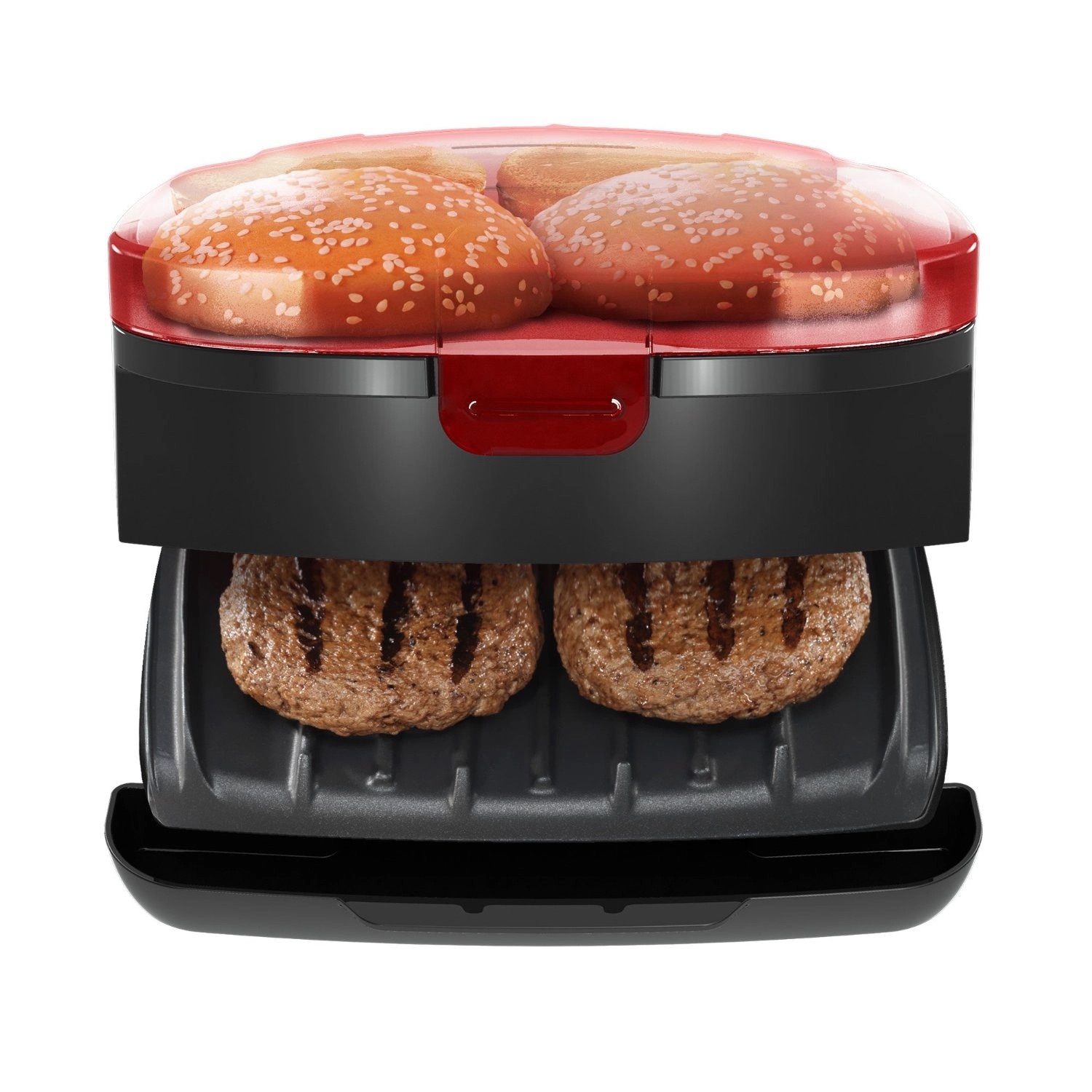
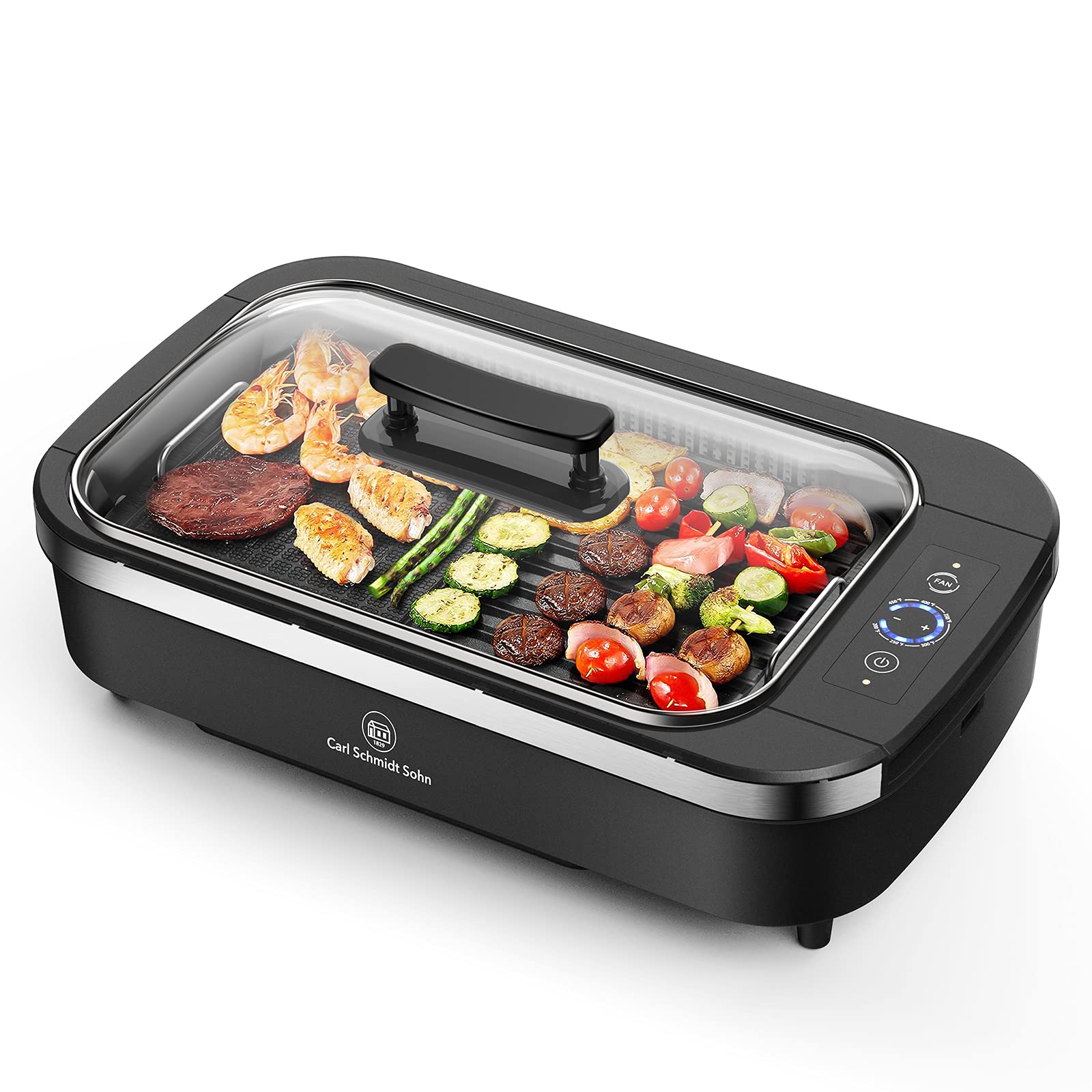
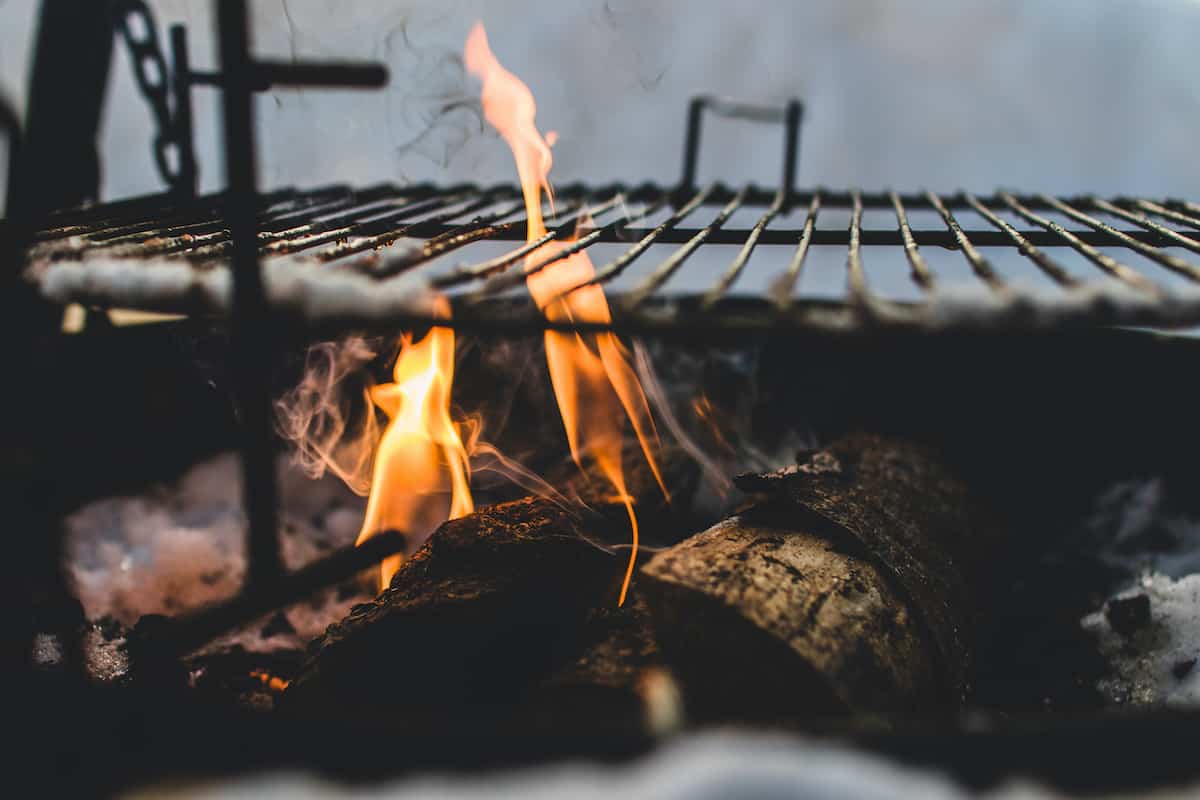
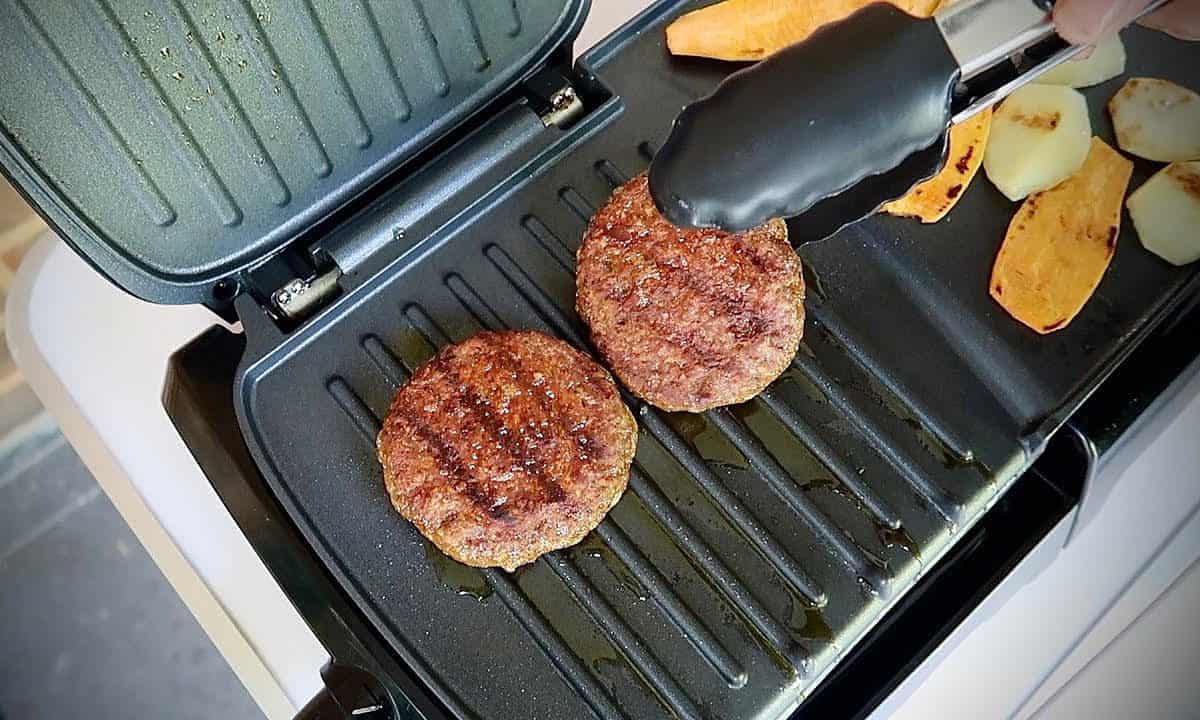
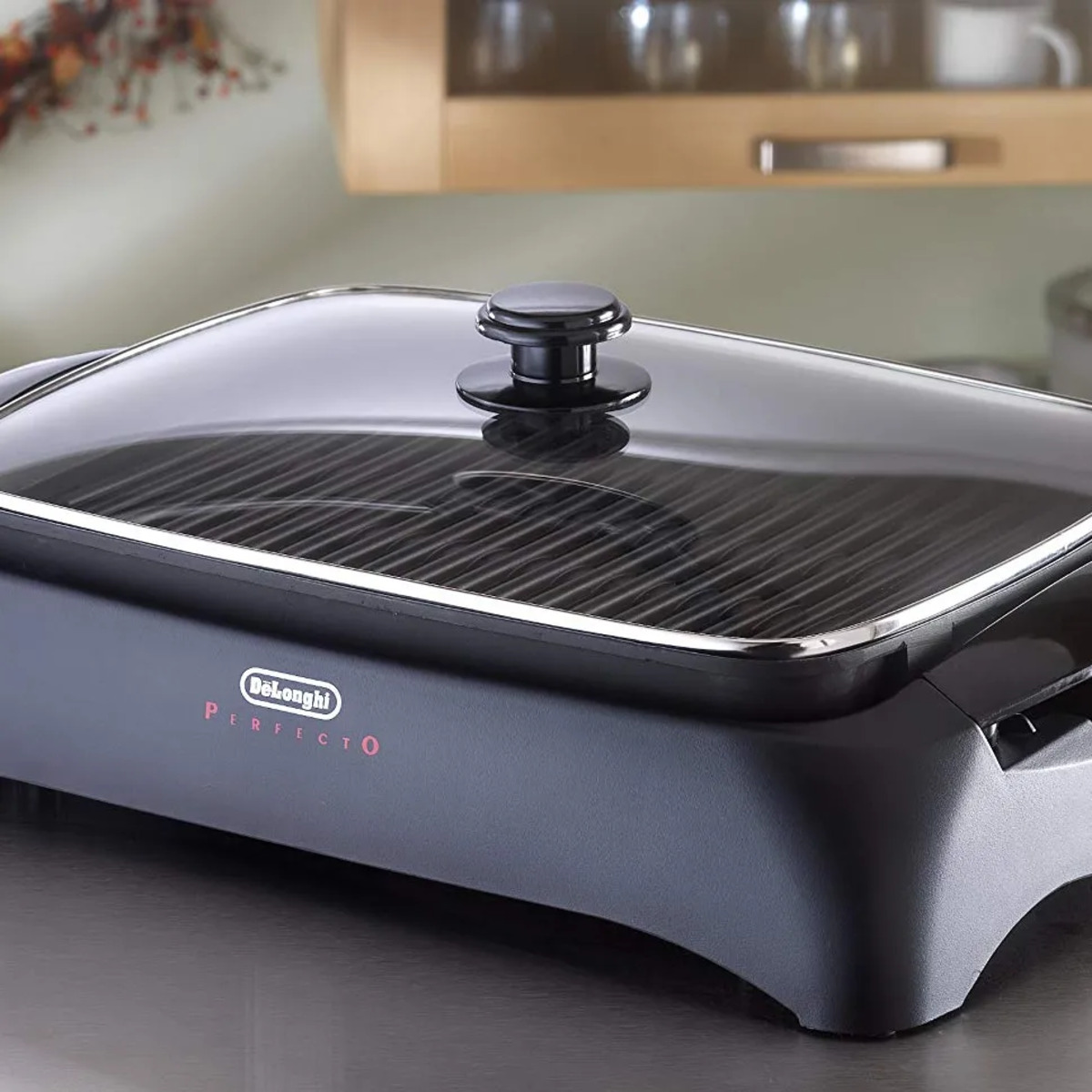
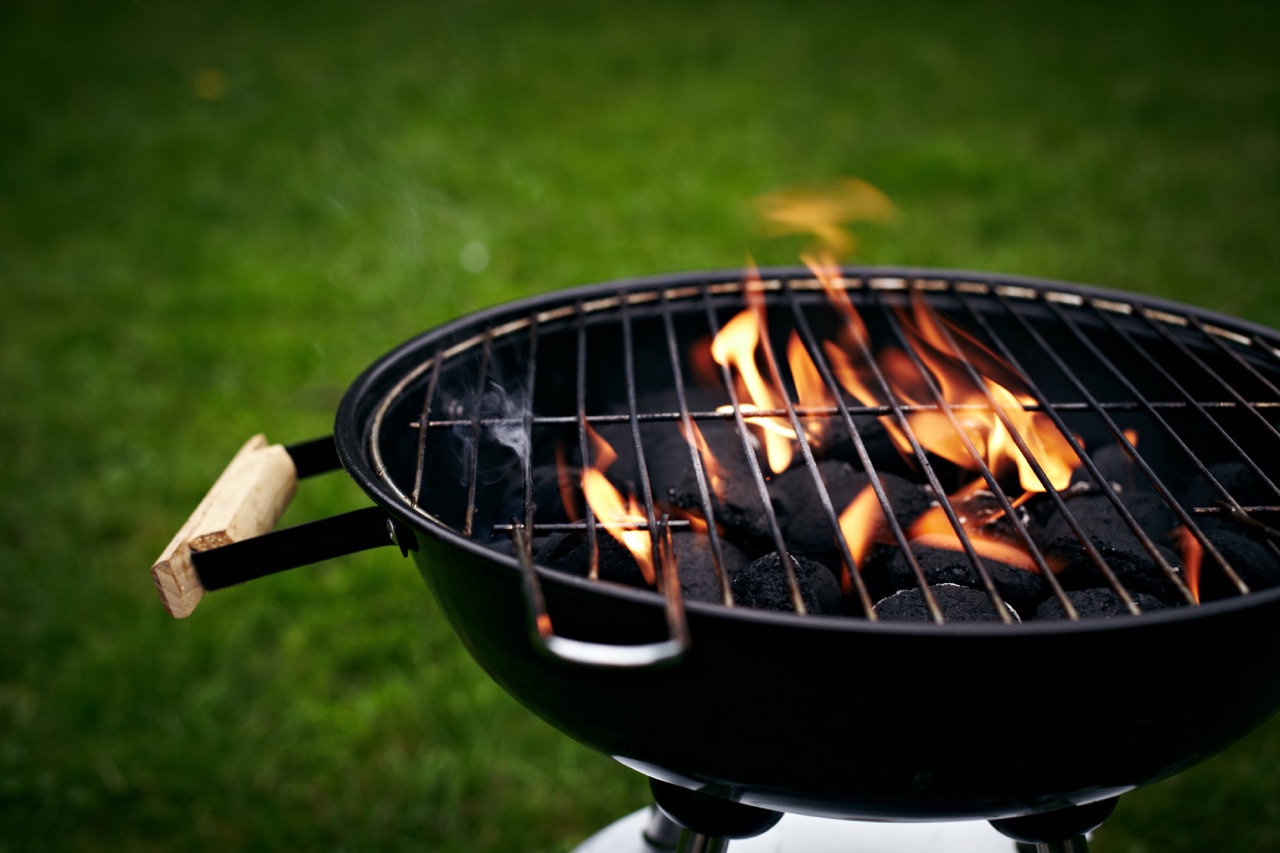
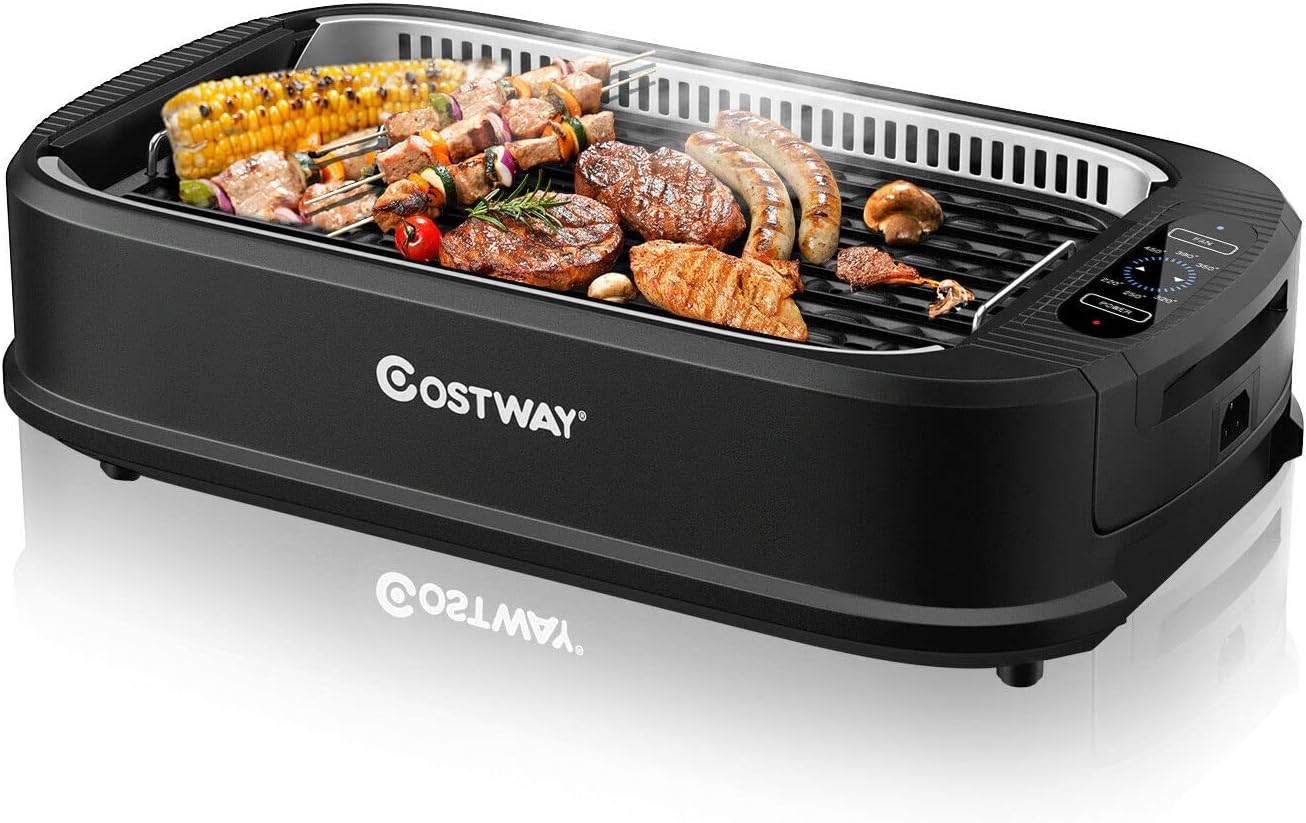
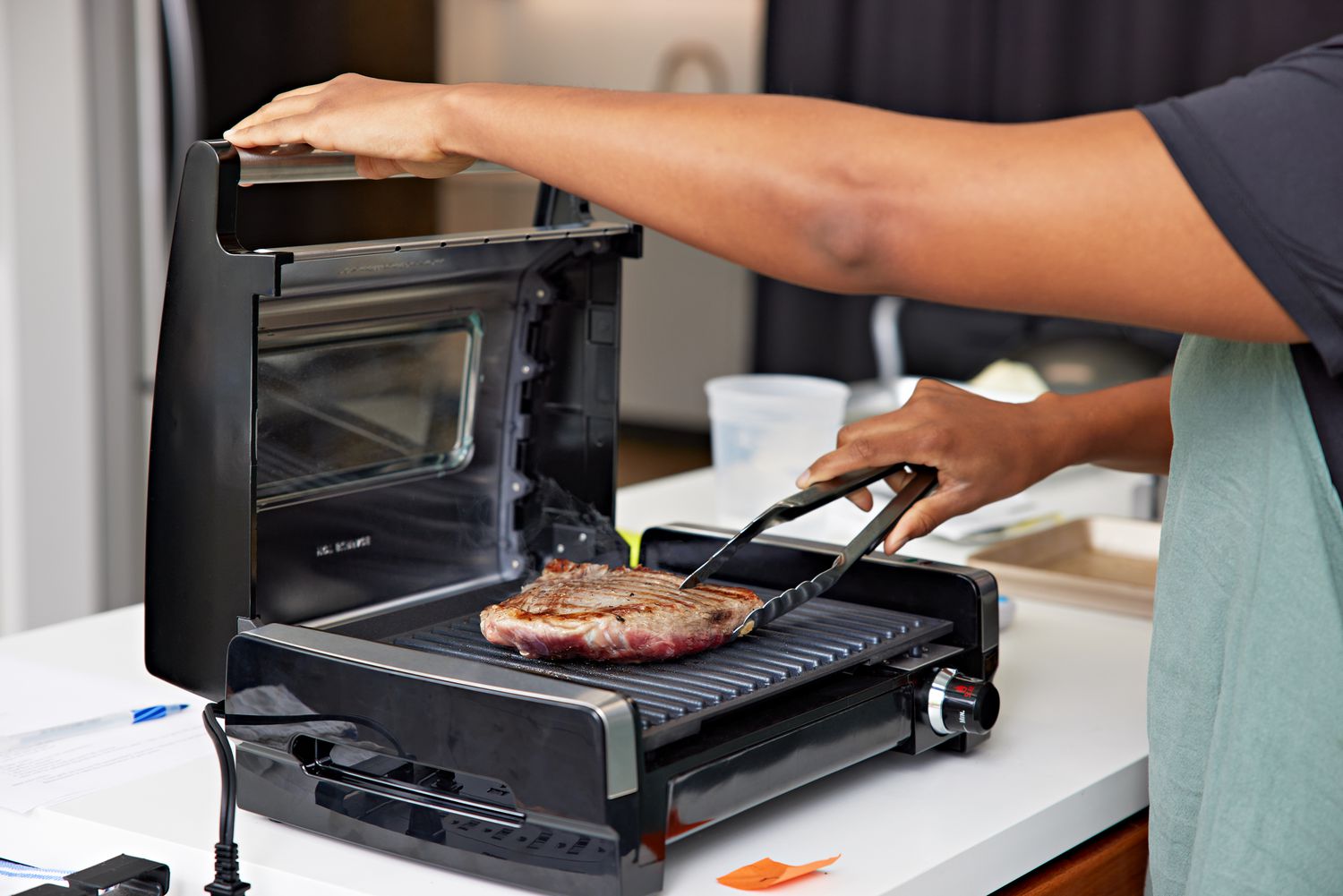
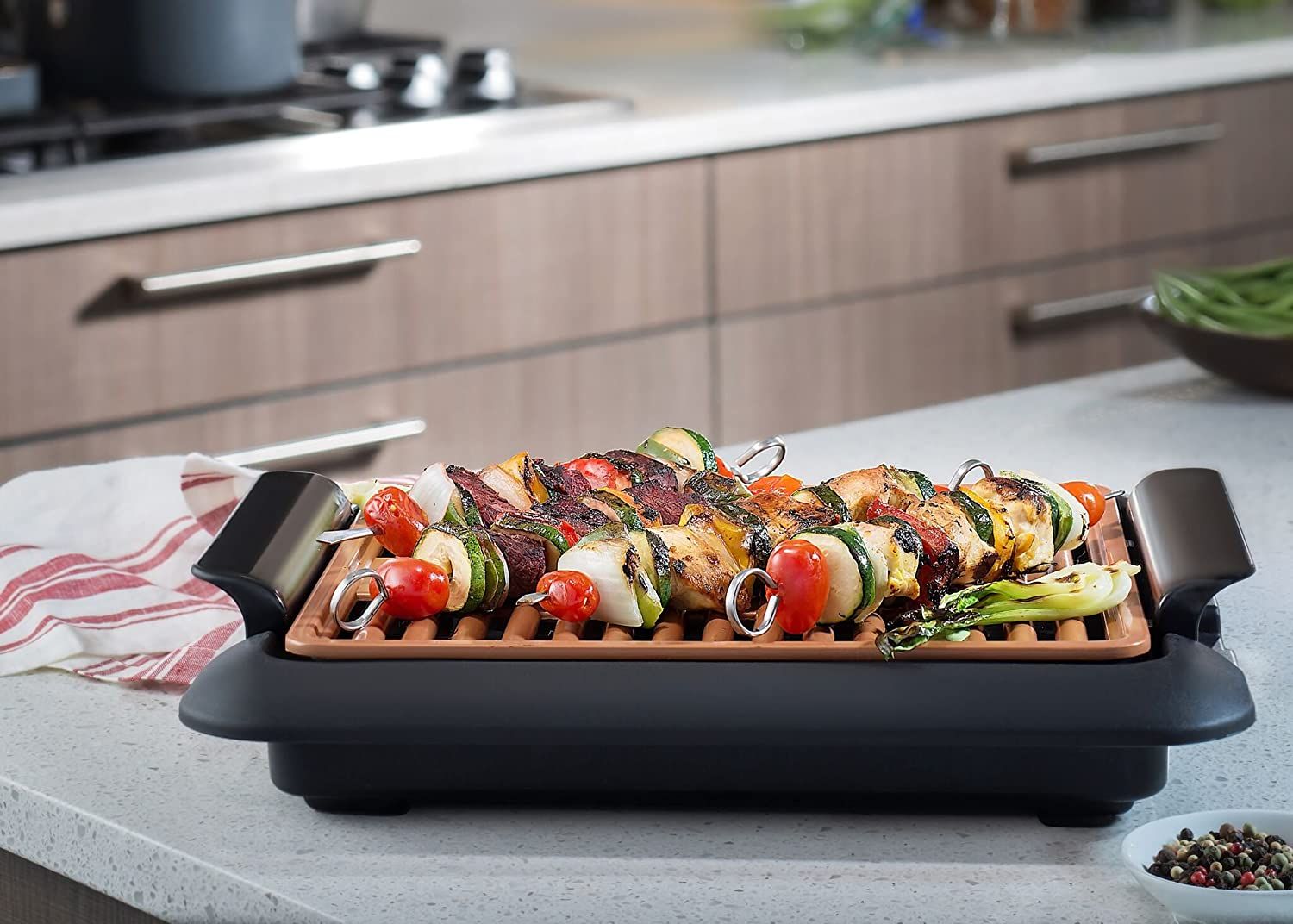
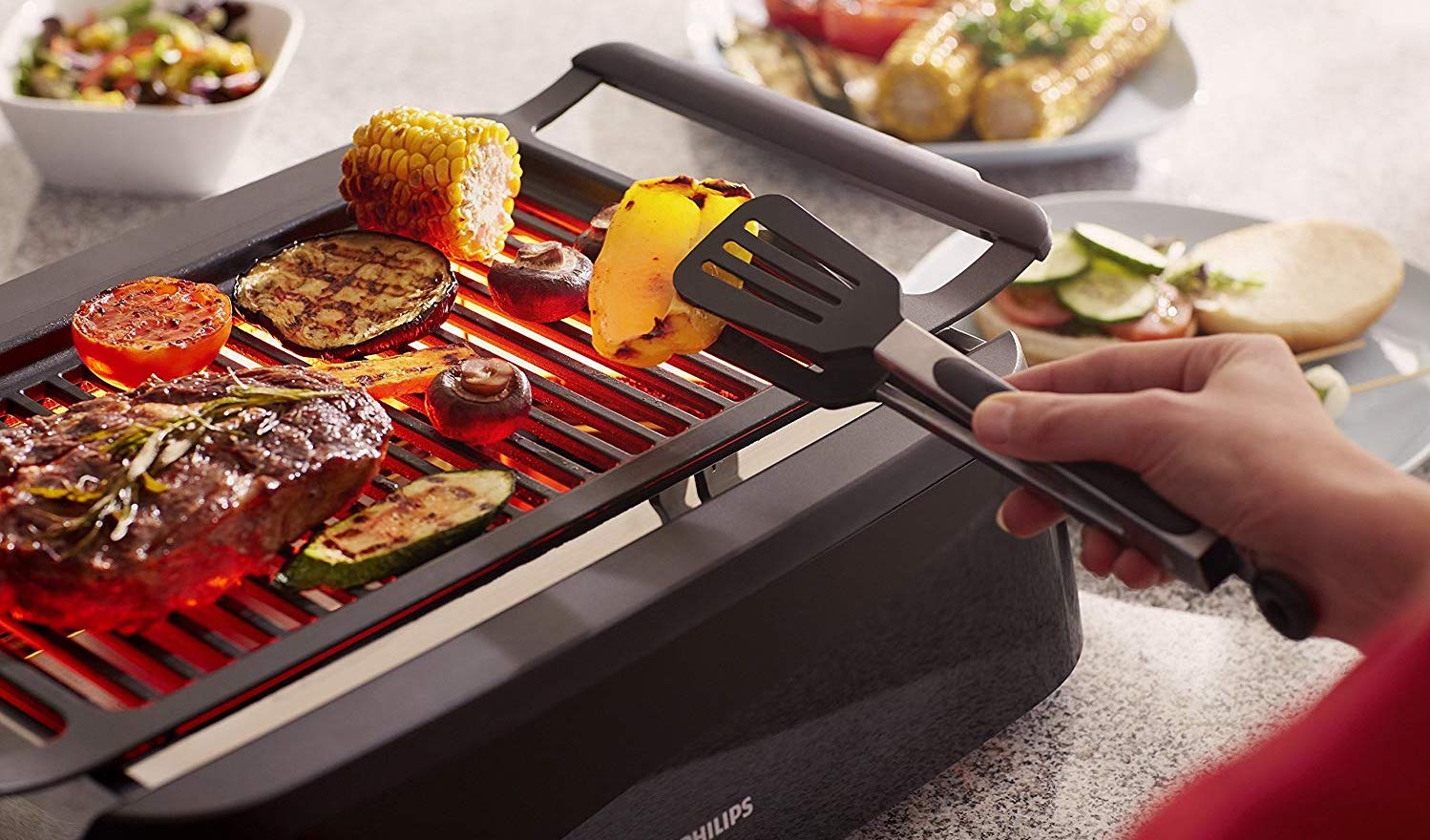
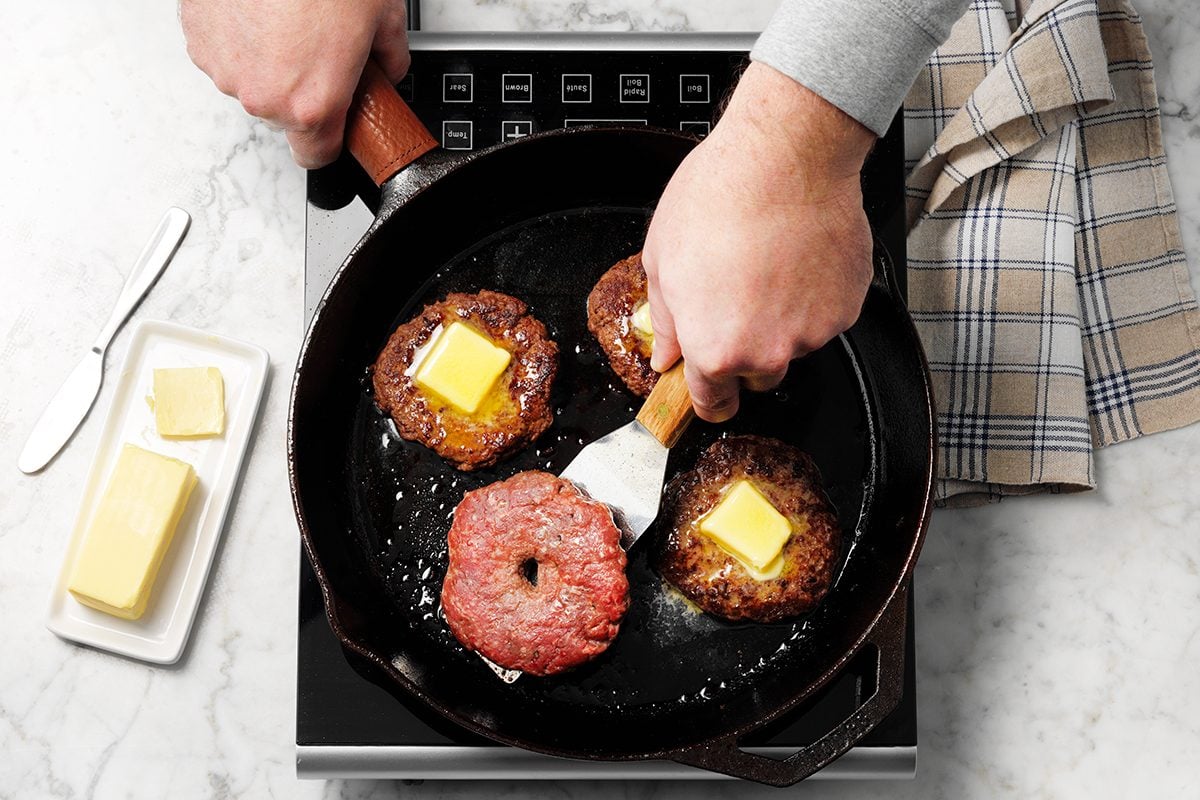
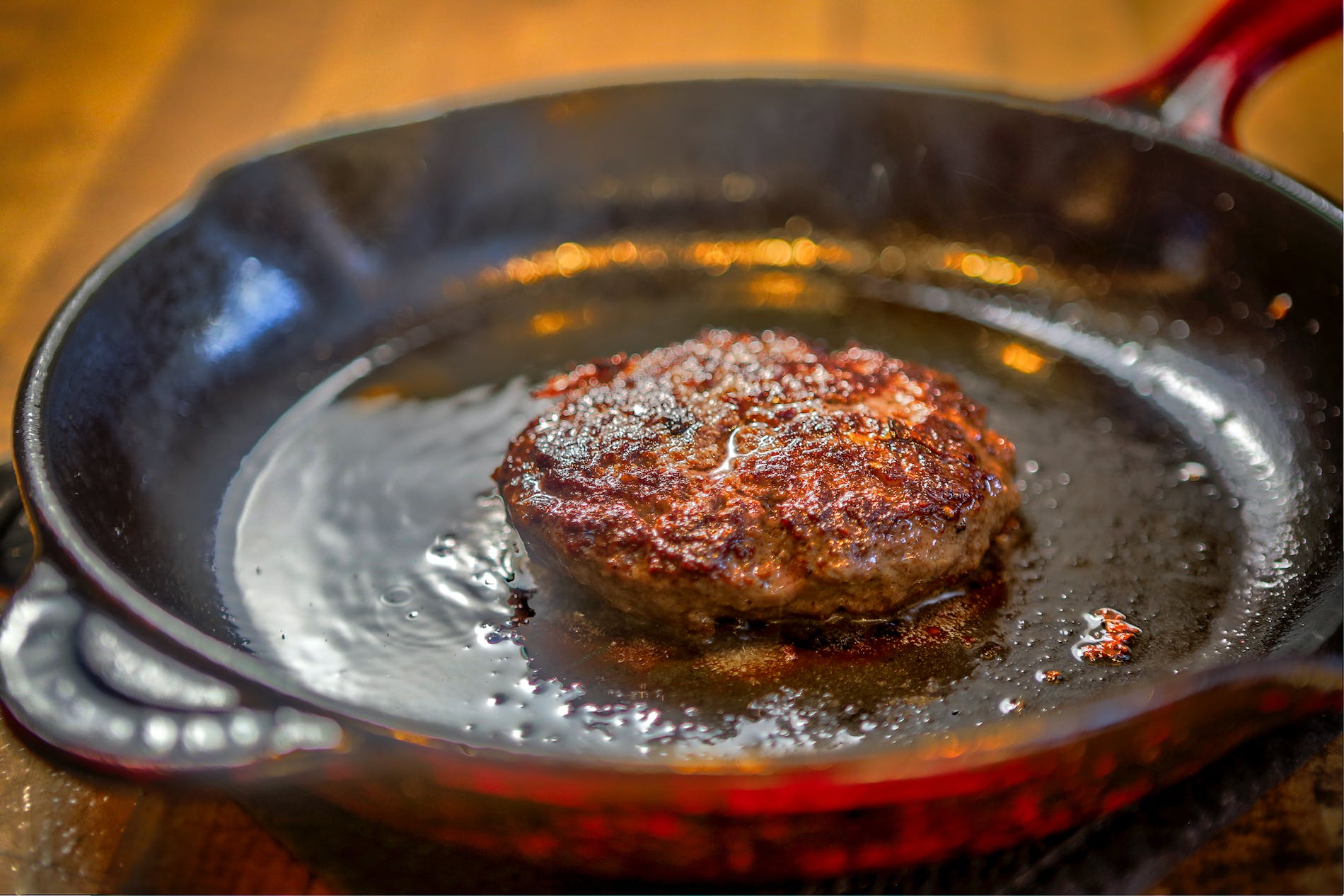
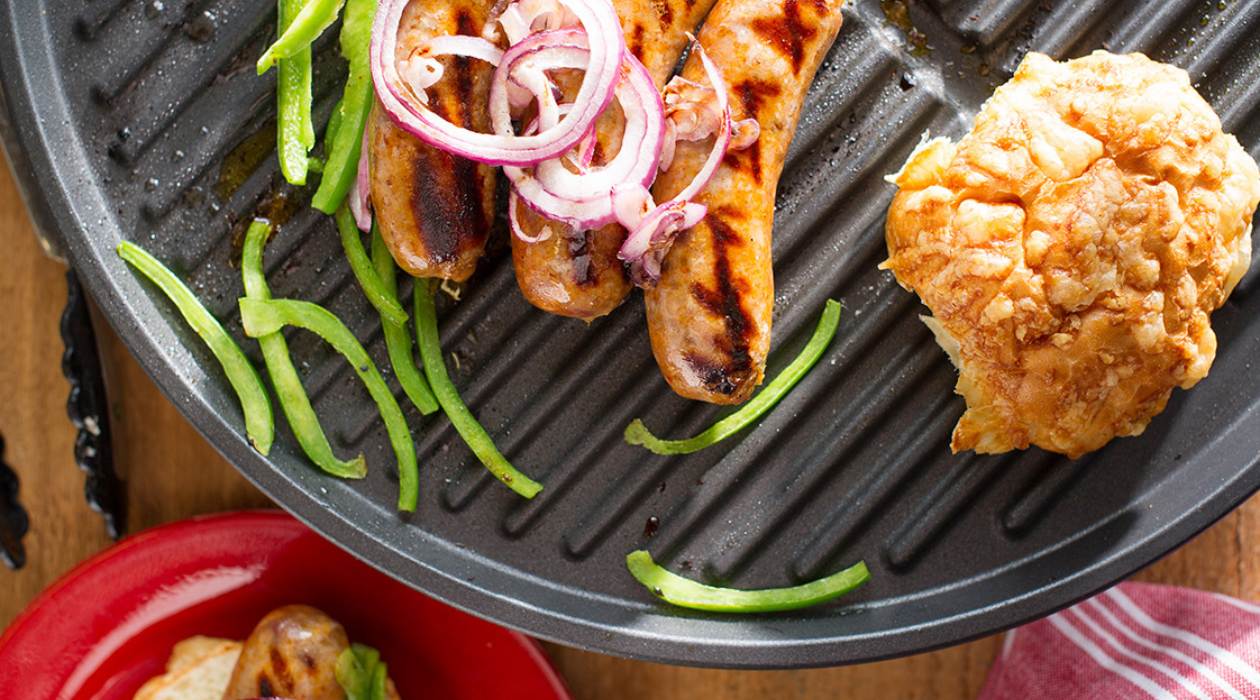

0 thoughts on “What Temperature To Cook Burgers On An Indoor Grill”